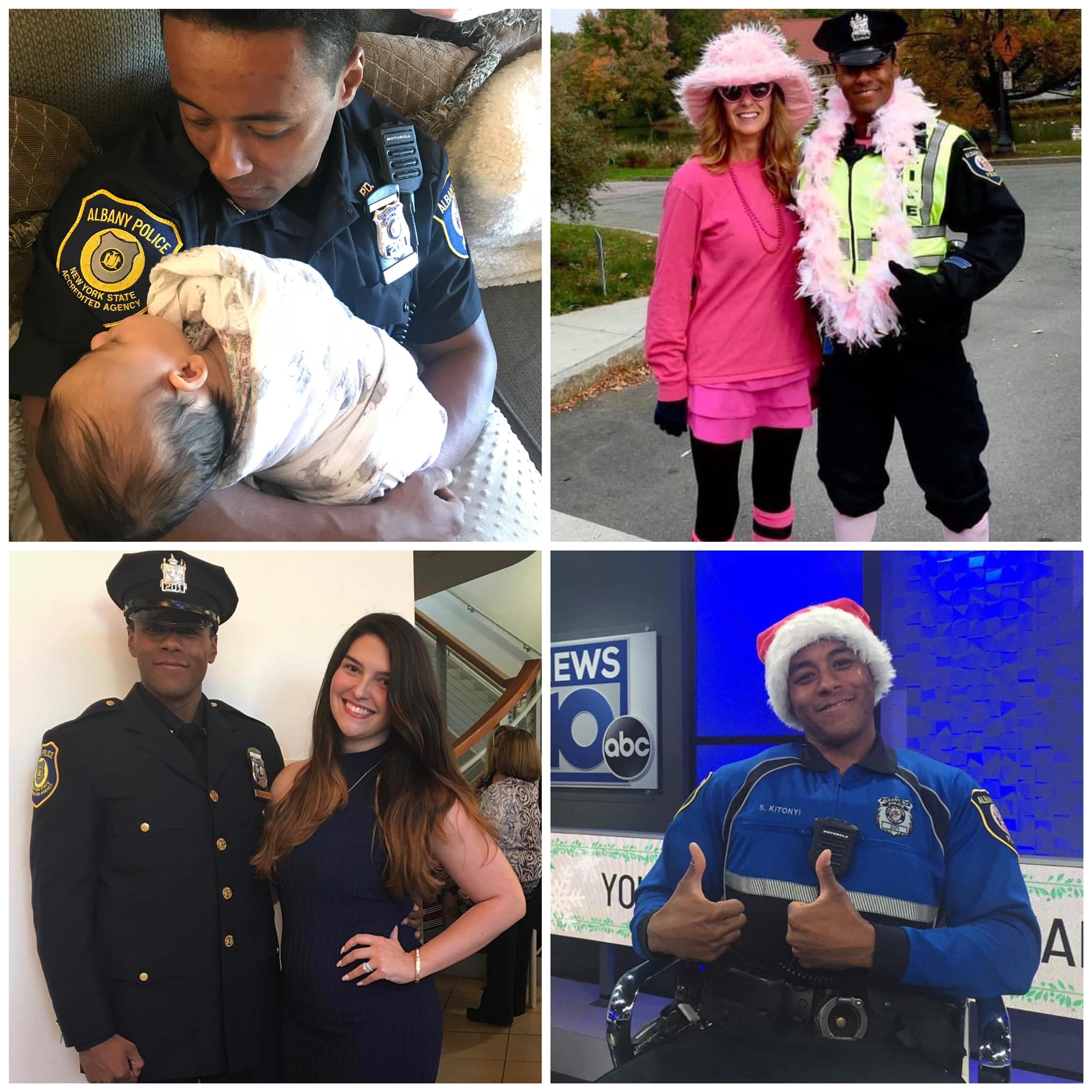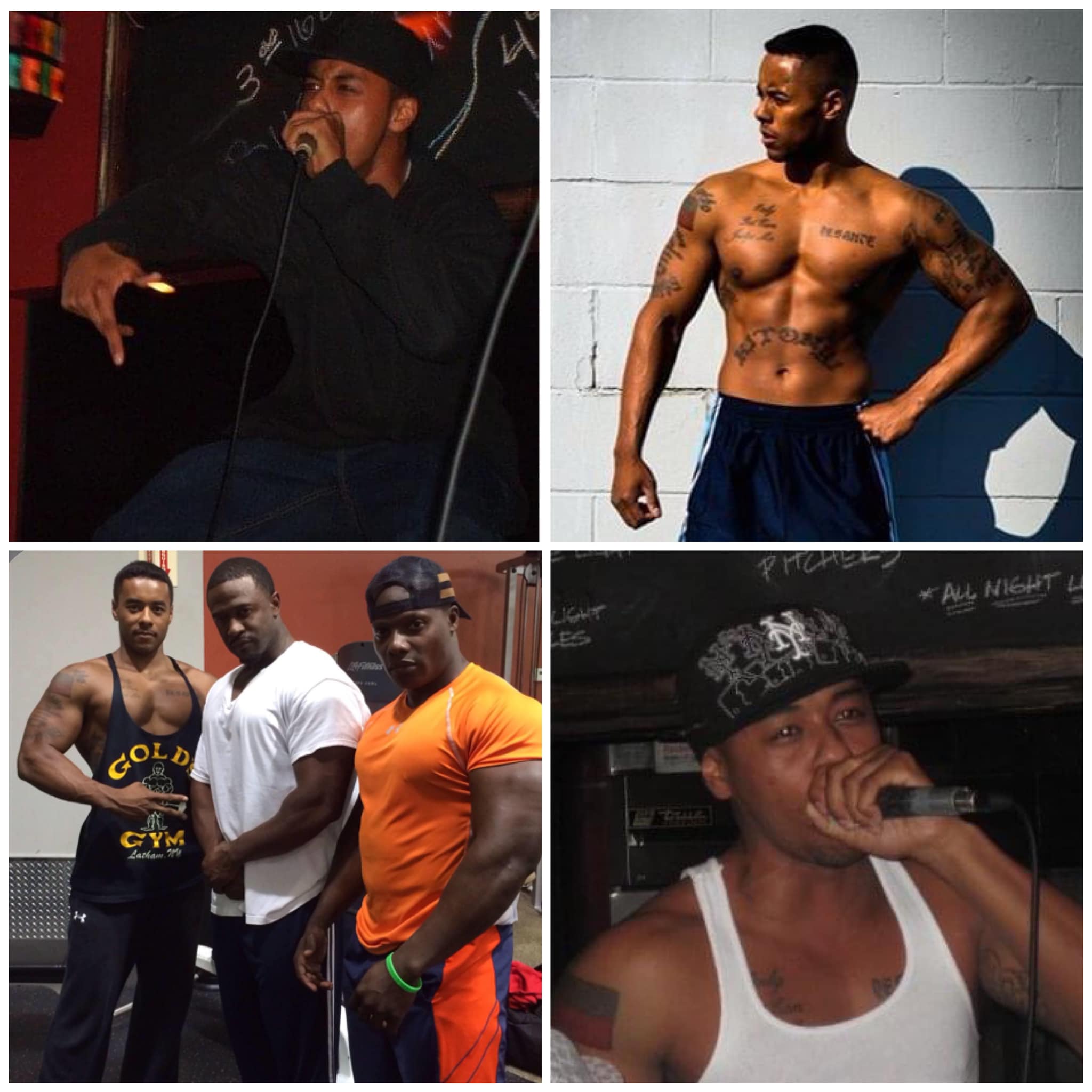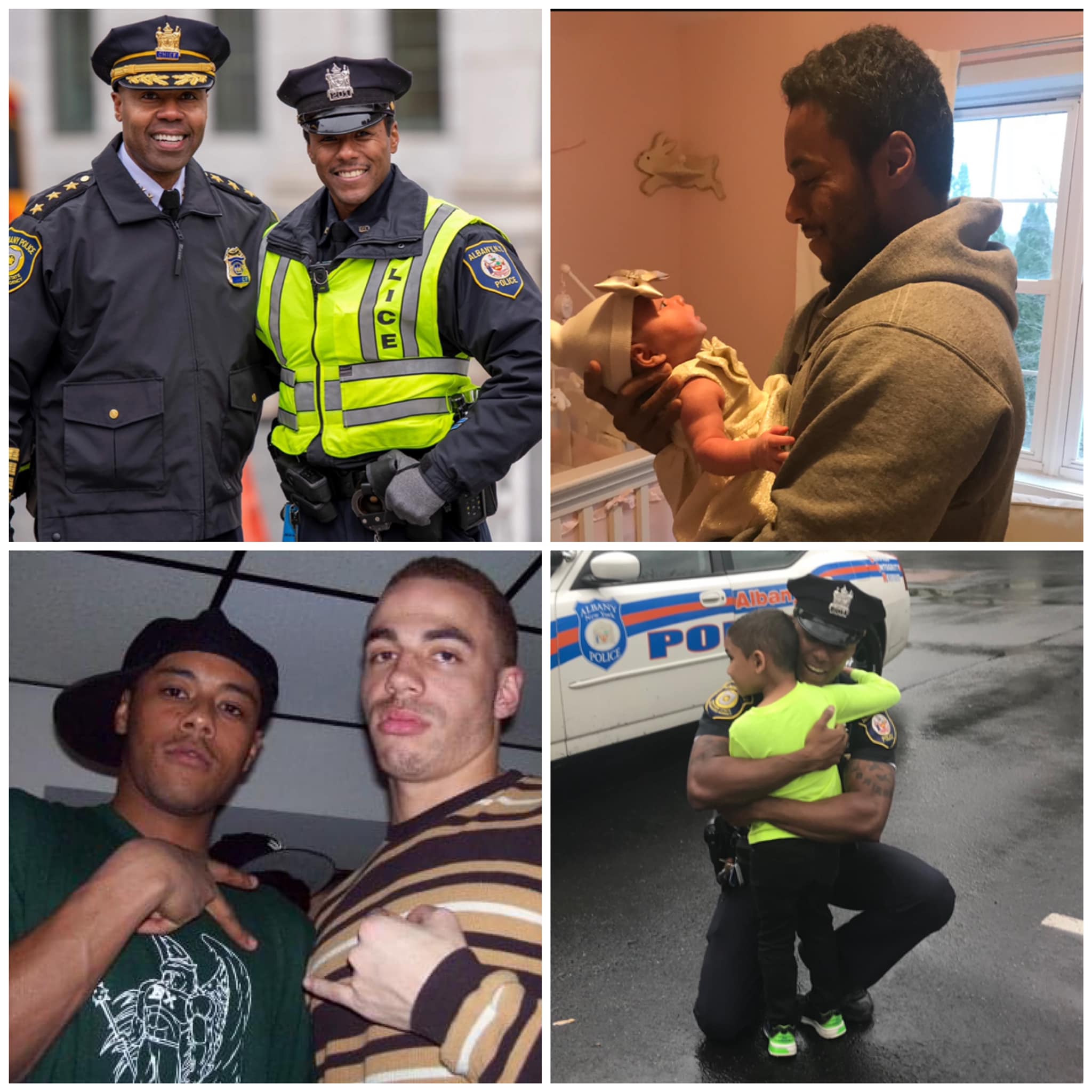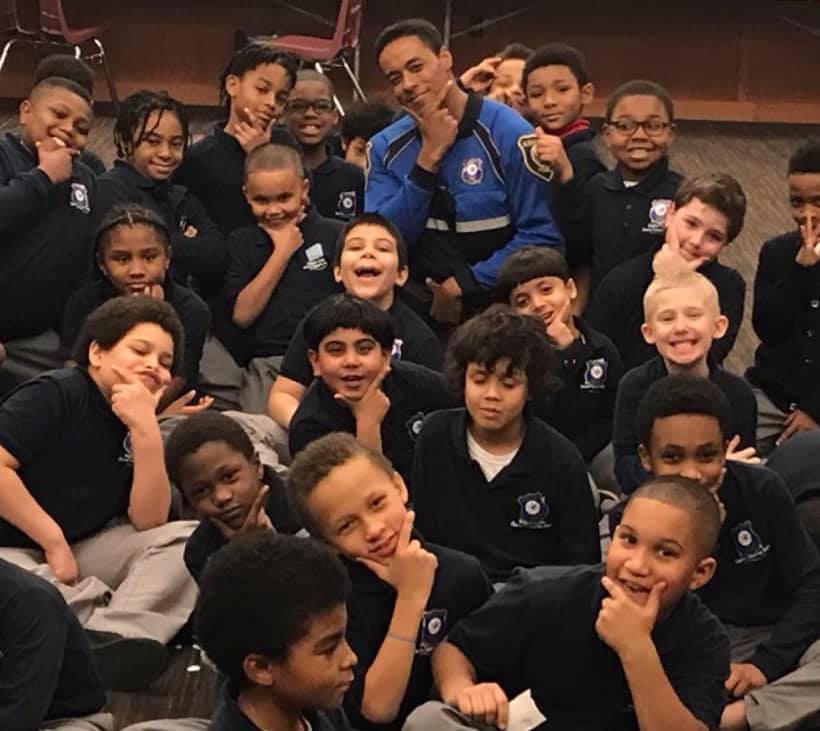In America, it seems as if we are, many times, asked to choose a side. Even if there shouldn’t be a side, like when it comes to wearing a mask during a public health crisis, and even when it seems like there’s only one right side, when it comes to holding police accountable when they wrongly take someone’s life while on duty.
But what of the people who are asked, every day, to straddle one of those lines?
Sadaka Kedar of Albany, New York, begins his essay with these words:
“I am a black man.
I am a police officer.
But I am not Derek Chauvin.
And I am not George Floyd.
I am ME.

Photo Credit: Facebook
In the world today, there doesn’t get more “right on the line” than being black, and being a police officer. It’s got to be complicated to be out there, policing marches and riots when you might agree that both are necessary.
Kedar talks about all of the good he believes he does as a police officer, and how people judge him by his uniform.
I am compassionate and I am caring, and I will always have a very big heart….so why do you hate me?
I’ve given the socks off my feet to a homeless drunk who had no shoes.
I’ve prevented a woman from going to jail for stealing laundry detergent by paying the store for it so they wouldn’t prosecute after I her next door at a laundromat washing her children’s clothes; she was desperate and had no money.
The other day, an elderly man’s car broke down on the side of a busy road and he had no phone, so I drove him to the gas station up the block and paid for his gas.
I’m a father, a husband, a son, a brother, a nephew, a cousin, a friend….so why do you want to hurt or kill me?

Photo Credit: Facebook
Then, he talks about how he wears his Blackness even inside his blue uniform, and how people want to judge him for that, too.
I’ve stepped in and arrested the man that assaulted your grandmother. He knocked her down and snatched her purse and we chased him down and took him to jail.
A lady called 911 in a panic and told the dispatchers her 4-month-old baby wasn’t breathing. We got there before the paramedics and started compressions. BY THE GRACE OF GOD, that baby is now a happy, bright kindergartener.
A crazed man began opening fire on a large crowd. In the mass hysteria of people running away, we ran towards the gunfire to stop it.
I speak slang. Instead of hello I say, ‘Whats good yo?’ Some say I have an inner city accent, and I may not spell everything correctly or use perfect grammar…but why do you undermine me and assume I’m not smart and ignorant?
I have a high school and a college degree. I love to read books and I constantly do research to learn new skills. I graduated head of my police academy class and went on to become a course instructor for the department.

Photo Credit: Facebook
He wishes that people didn’t see one thing and assume many other things. That he could be Black and compassionate, a police officer and care for his community.
He believes he walks the walk.
I have spoken at public forums, community meetings, and in news interviews, all very well articulated, clear, and concise. I’ve put together evidence, facts and leads and helped solve and close cases. I AM BLACK AND I AM INTELLIGENT.
I listen to rap music, wear baggie jeans, and backwards fitted hats off duty. I have tattoos all across my body. But why do you profile and stereotype me?
On Thanksgiving I volunteer with Equinox, handing out dinners to families in need.
Around Christmas, I buy hats, gloves, and meal cards with my own money and hand them out. I also prepare hot meals and distribute them down by the City Mission and at a Senior Public Housing Building.
I volunteer my own time as a youth mentor. I love to visit schools and talk to the kids. I walk up and down these neighborhoods. I live in my community. I CARE ABOUT MY COMMUNITY.
He ends his essay much as he began, rejecting the idea that there are more bad guys than good, no matter their color, no matter their uniform.

Photo Credit: Facebook
I am ME.
I am not like Derek Chauvin.
I WILL NEVER treat you like George Floyd.
And there are many many more just like ME.”
The point being, I think, that we should strive, no matter what, to see people as individuals.
To care less about sides and more about people.
And I think that’s a message we could all get behind, don’t you?
The post A Black Officer Shared his Personal Account of How He Walks the Line Between Black and Blue Every Day appeared first on UberFacts.
 #thisisamerica #humanrights #feminist #blm #policebrutality
#thisisamerica #humanrights #feminist #blm #policebrutality